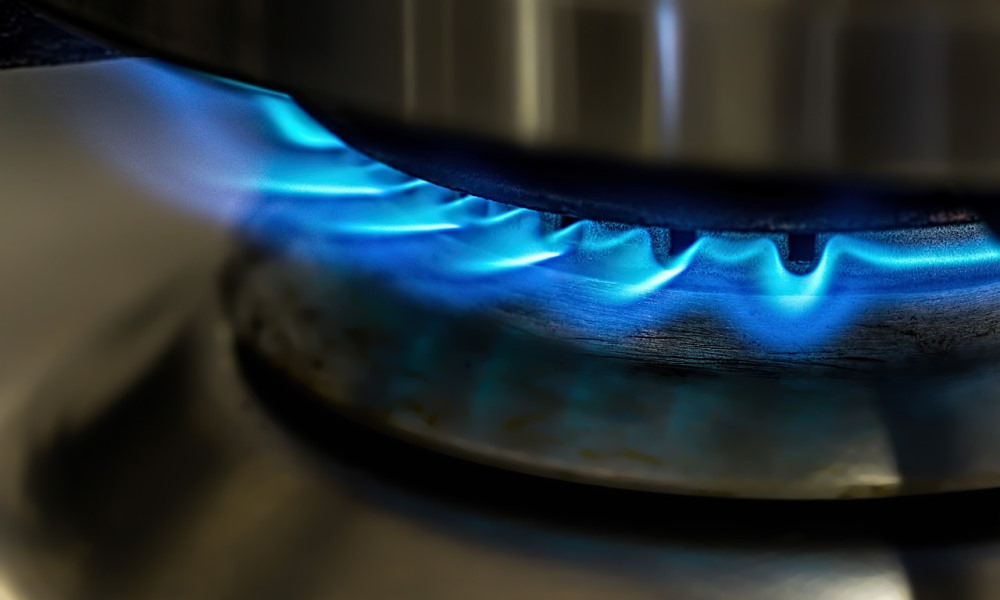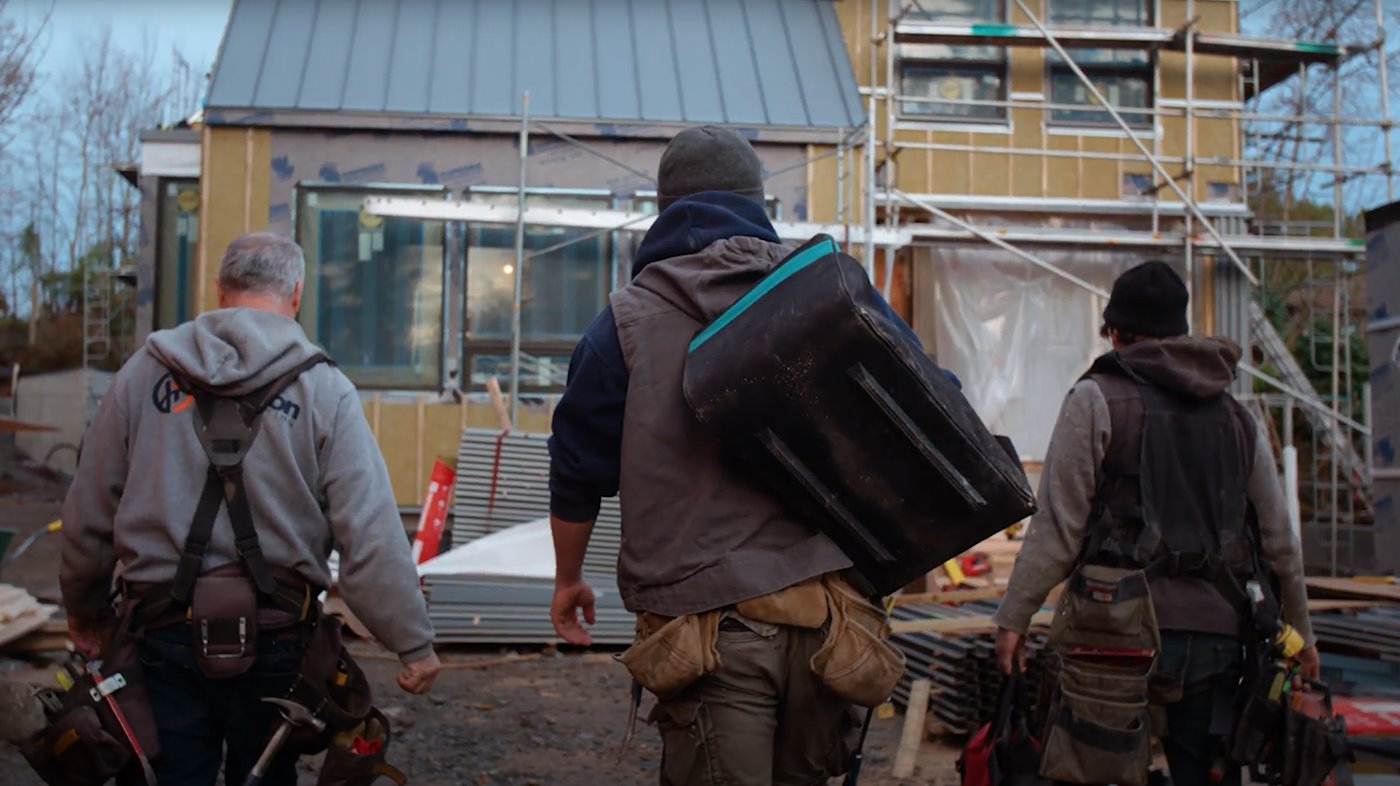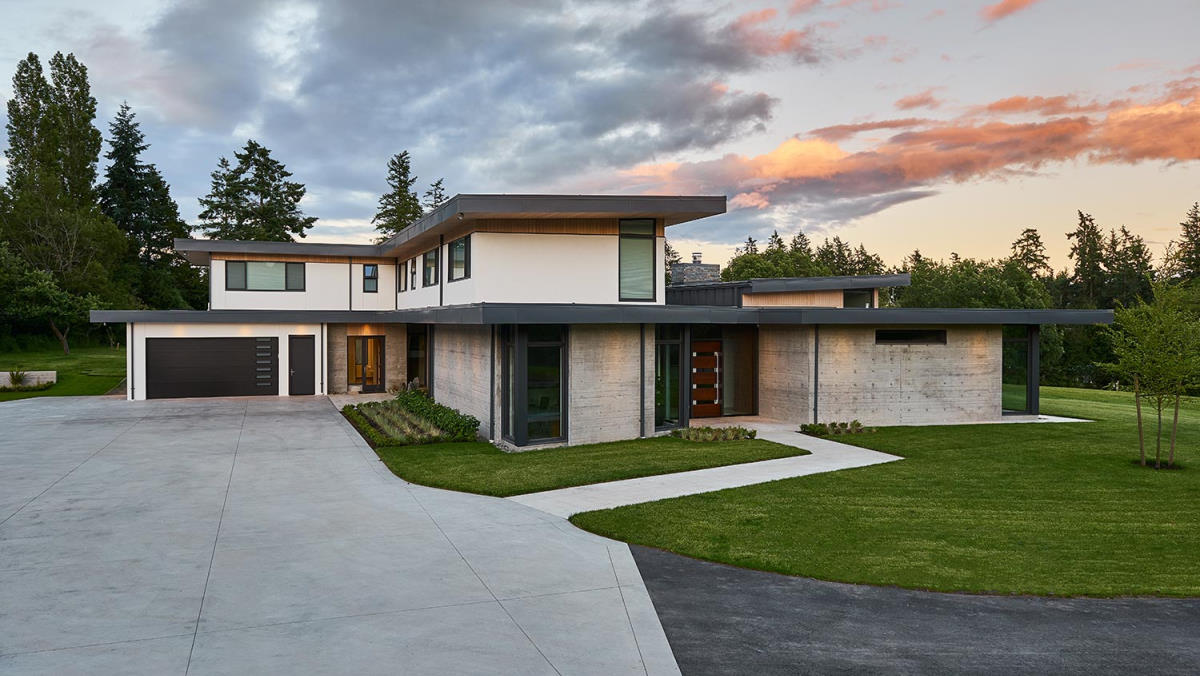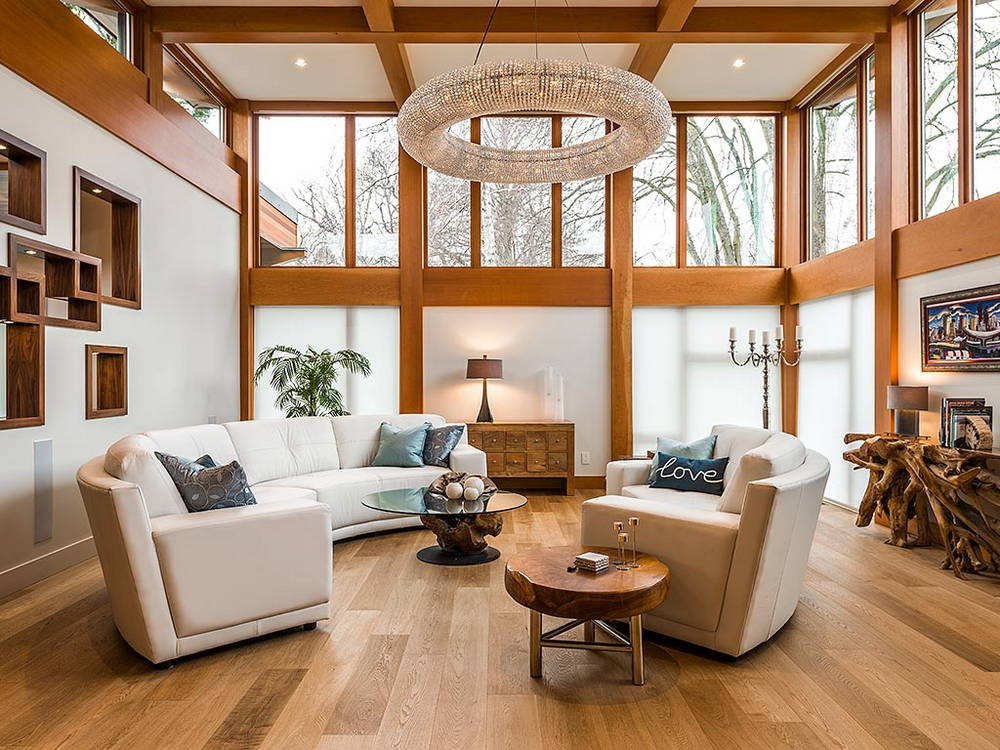Who doesn’t love the feeling of breathing clean, fresh air? But when it comes to indoor air quality, even the smallest pollutants like Volatile Organic Compounds (VOCs) can have a big impact on your health – and this is especially true if you’re already dealing with respiratory issues or allergies – because poor air can cause asthma flare-ups, fatigue or digestive issues. For people living in British Columbia’s coastal region, the winter months pose an additional challenge because we’re confined to our homes to escape the damp weather, which can lead to stale, dirty air circulating inside.
As a homeowner, the good news is you can take concrete actions to improve the quality of your indoor air. As a Victoria-BC-based home builder for over 30 years, we have been around long enough to see how new building codes focused on improving energy efficiency have had a dramatic impact on indoor air quality — for better and for worse. So if you’re renovating or custom building a home from scratch, you’ll want to read on.
In this article, we’ll explain what VOCs are and the proper building techniques, materials, and systems to improve and maintain clean, healthy air. Let’s get started with VOCs:
What are VOCs?
Volatile organic compounds (VOCs) are gases produced from a solid or liquid. Many of these chemicals are relied upon for the manufacturing of pharmaceuticals, refrigerants and other industrial uses. VOCs are also used as industrial solvents and are often produced as a by-product of water treatment. Although invisible, VOCs can be found in fuels, hydraulic fluids, adhesives, paint, and household cleaning products. They’re in the air, in the ground and in the water – VOCs are everywhere.

Not all VOCs pose a significant health risk – in fact, most of them are not harmful at all. But it’s the dangerous ones that present a risk to our health. According to the American Lung Association, breathing in harmful VOCs can irritate your eyes, nose and throat. They can cause difficulty breathing, nausea, damage your organs and affect the nervous system. Some are even linked to cancer. That means children, seniors, pregnant people, and people with pre-existing conditions are at the greatest risk.
Common sources of VOCs
While these chemicals are pretty much everywhere around us, the US Environmental Protection Agency found that “concentrations levels of many VOCs are consistently higher indoors (up to ten times higher) than outdoors.” That’s why maintaining clean, healthy air in your home should be a top priority.
The design and construction of your home are big contributors to the production of harmful VOCs. Most homes built these days are completely airtight, which is required by code. That means stale air can be trapped in your home super easily – especially in the colder months. On the other hand, older homes that are leaking air are prone to condensation and black mould growth.
Inside your home, VOCs are being produced all around you. Even simple activities like pan-frying on a gas stove can emit these chemicals. Plus, if your stove, furnace or fireplace isn’t vented correctly, you could be vulnerable to even more VOCs. Maybe you like to relax with a bath and candles after a long day? Well, it turns out that many candles and incense can produce VOCs when burned. And unsurprisingly, cigarette smoke is another way to emit harmful VOCs. Even common household products like air fresheners and cleaning supplies have VOCs.
VOCs are also commonly produced by the supplies, chemicals and materials used to build your home. Composite and particle wood furnishings and floors may be a great look, but some of them may emit harmful chemicals over time. That includes plywood, furniture and other pressed-wood products, which often contain chemicals that produce gases. Common building materials like paint, glue, sealants, varnish and other adhesives are known to produce formaldehyde, benzene and other toxic chemicals as they age. Spray foam insulation can be an issue – softer, more flexible open-cell foam is full of cells that are deliberately left open, which can be toxic before it has time to fully cure. Carpets are other notorious VOC-emitters over time and can harbour loads of chemicals without proper cleaning.

While not directly responsible as a source of VOCs, your forced air heating and cooling system could be an enabler. Systems like these do an excellent job circulating air around your home, but they also circulate all the harmful allergens and pollutants. Plus, if you aren’t properly maintaining your furnace filter, dust and dander are clogging up your ventilation and polluting the air.
Asbestos was another harmful pollutant found in building materials pre-1990s. It was found in everything from tiles to insulation to drywall and caused some pretty serious health issues over time. New buildings must be asbestos-free, but you will find the stuff in older buildings. Along with the asbestos, buildings made in the 1970s and earlier may be filled with lead paint.
The best way to avoid these harmful VOCs when building a new home is to consult with your custom home builder. They’ll point you in the direction of safe build materials and finishings.
Related Article: Building a Green Home. Why it Will Make You Healthier & Happier.
Steps you can take to protect yourself from VOCs
When custom building a new home or upgrading your current one, there are a number of ways to defend yourself and your family from the harm of VOCs. There are safer materials and chemicals out there being used in home building materials that emit low or no VOCs.
1) Use Water Based-Sealants, Green Glue and White Oak Floors
To start, safe paint is available with no lead and no VOCs – just look for the label. And when it comes to choosing sealants and adhesives, there’s a VOC-friendly product you can buy called ‘green glue’ that’s totally safe. There’s even a safer wood flooring, which tends to emit gaseous chemicals once the sealant ages and breaks down. White oak floors are known to last extra long, and when you combine them with a water-based sealant, they remain completely safe for decades.
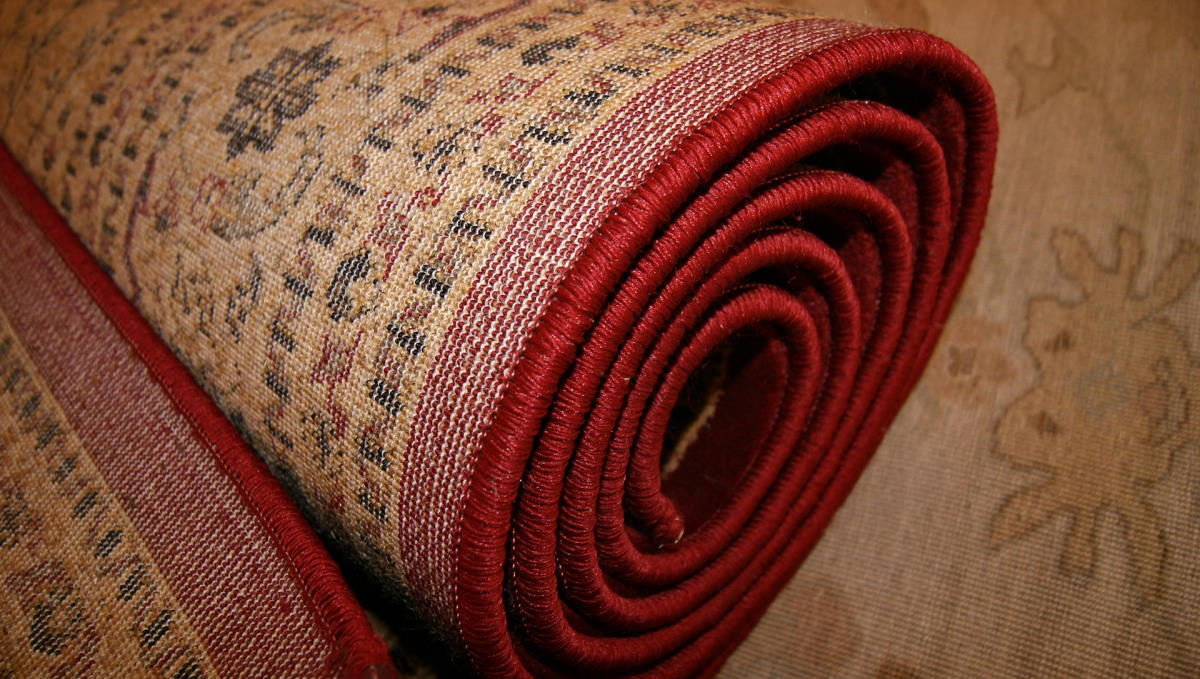
Aside from building your home with VOC-free materials, chemicals and materials, there are systems you can put in place to defend against these toxic chemicals.
Ventilation plays a big part in protecting your family against VOCs. Proper ventilation keeps the air moving throughout your home and out of your home, keeping toxic allergens and VOCs at bay while not allowing them to settle. This is especially important in the colder months when most BC residents keep their windows and doors shut. That’s when the indoor air reaches its worst quality. But unfortunately, most forced air heating and cooling systems are inefficient at replacing old air with new air. Instead, they’re known to trigger asthma from dust and other airborne particles.
2) Install an HRV
An excellent alternative to forced air is a heat recovery ventilator (HRV). These systems are terrific at replacing stale indoor air with fresh outdoor air while eliminating harmful pollutants at the same time. They work by capturing heat from stale air leaving your home in the heating season and using it to preheat the fresh air being sucked into your home. And the same process happens in reverse during the cooling season.
On top of the HRV system, you may want to consider installing a humidistat. These electronic devices regulate the air in your home (similar to a thermostat), by tracking relative humidity. This clever device works closely with your heating and cooling system to automatically adjust the amount of moisture in the air, so you can maintain consistent humidity levels all year round.
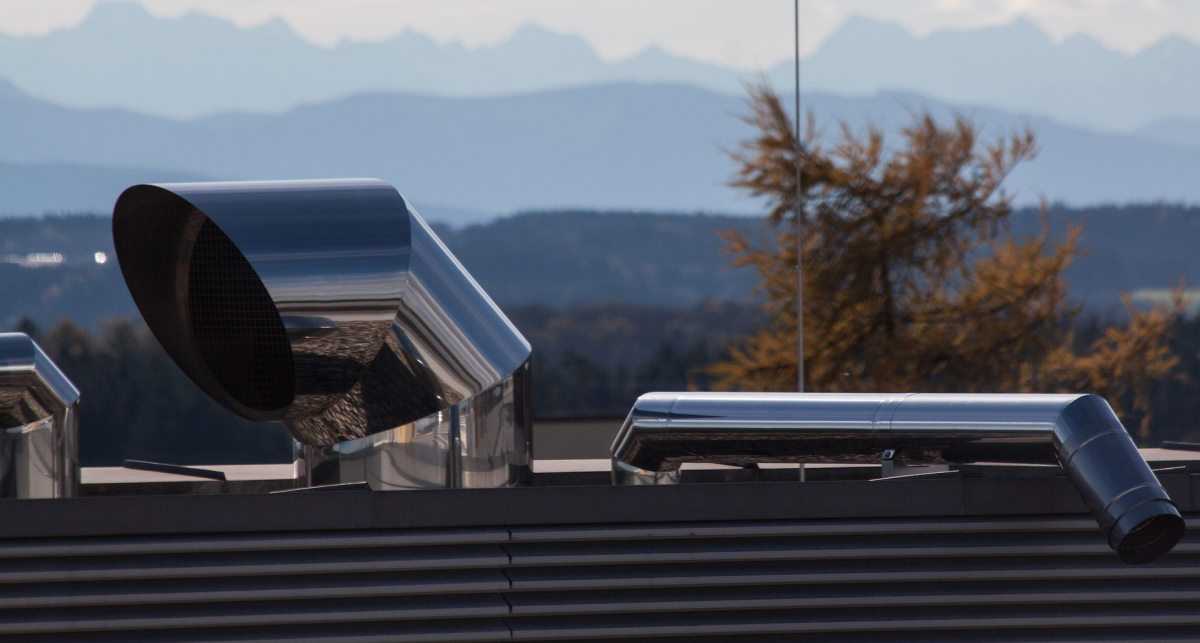
3) Choose a HEPA Furnace Filter
A high-efficiency particulate air (HEPA) filter can also be used to defend against VOCs, harmful chemicals and airborne pollutants. These pleated filters are added to your furnace and are known to remove “99.97% of dust, pollen, mould, bacteria, and any airborne particles with a size of 0.3 microns”, according to the US EPA. A HEPA filter can be a game changer if someone in your family has allergies or respiratory issues.
These systems are bound to make your home healthier. Excess moisture, mould, household chemicals and VOCs don’t stand a chance with an HRV and humidistat installed. Plus, by choosing an Energy Star model, you’ll save money, reduce your energy usage, and rest easy knowing the product is held to the highest standards and specifications. When building a new home, work closely with your builder – they’ll help you pick out a system that’s efficient, able to fight off VOCs, and completely safe.
More ways to improve air quality
Now that we’ve covered all the ways you can protect your family from VOCs and other toxic chemicals by substituting in greener building materials, safer chemicals and more effective ventilation systems, it’s time to look at some lifestyle choices.
You can make the air in your home even healthier by avoiding certain activities indoors. Smoking is a big one. Aside from all the other toxic chemicals being emitted when you smoke, cigarettes are notorious VOC producers.
And it’s not just cigarettes – burning anything is usually bad for indoor air quality. Certain types of candles can produce VOCs when burned. If you love your candles, be sure to check the labels and look for environmentally-friendly candle makers.
4) Try an Inductive Stove
When an American government official hinted at the banning and regulating gas stoves in America earlier this year, growing concerns were sparked over the pollutants emitted from these appliances. And it’s true that inductive stoves are certainly a safer alternative. Gas stoves are known to produce high levels of nitrogen dioxide, carbon monoxide, and even methane when they’re turned off. The same goes with fireplaces – switching to an electric version will be far healthier in the long run, especially since back drafting from the fireplace can be toxic.
Horizon Pacific Contracting is an award-winning custom home builder in Victoria BC. We specialize in finely crafted homes and large-scale renovations and can help you make your forever home greener, healthier and VOC-free. Check out some of the custom homes we’ve built around Victoria, or contact us to get started on your new project:
